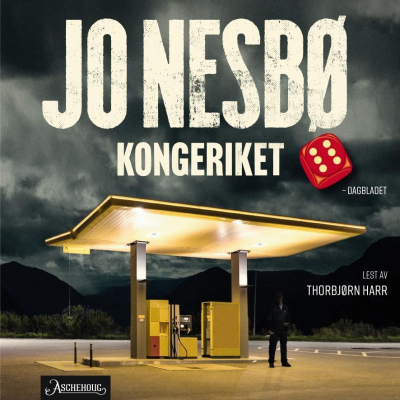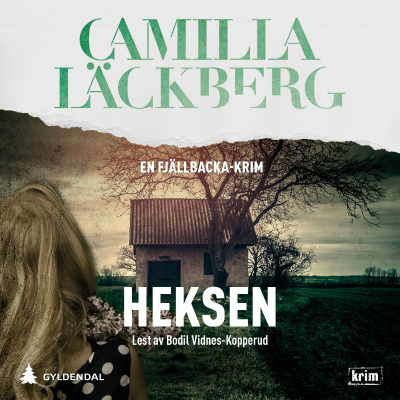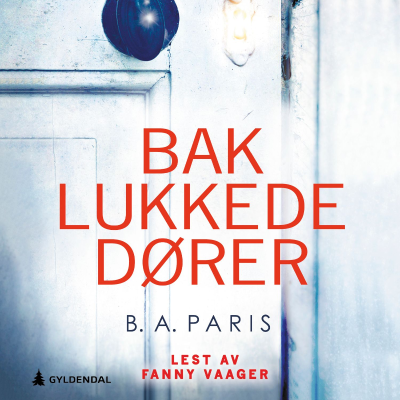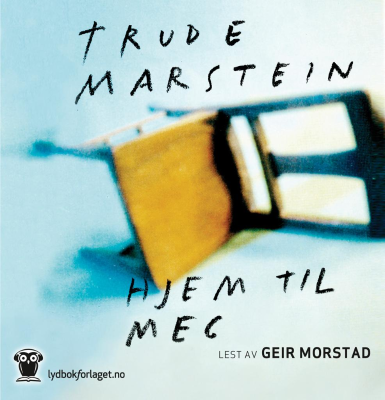
Lama Sonam
Podkast av Thrangu Asia
Recent dharma talks from Lama Sonam. Lama Sonam,was born in 1962 in Bhutan, He was a monk in Rumtek Monastry in Sikkim before entering Thrangu Tashi Choling in Nepal. He was a personal attendant of Thrangu Rinpoche in the Monastry for many years. He completed the three years retreat at the Namo Buddha Retreat Center and was a teacher of young monks at the Thrangu Tashi Choling. He studied English while staying at Oxford Thrangu House. He is now a Vajra Master of Hong Kong Thrangu Centre.
Prøv gratis i 3 dager
99,00 kr / Måned etter prøveperioden.Avslutt når som helst.
Alle episoder
8 EpisoderThe Tibetan Practice of Chod, literally translated as "cutting", is a meditative practice, but not one done sitting quietly and comfortably on a cushion inside a shrine room. Instead, this meditation is purposely performed in frightening places, such as cemeteries and charnel grounds. Singing, dancing, and playing special bone instruments, the chod practitioner, or chopa, visualizes the dismemberment, cooking, and finally offering of one's own body as a banquet to an assembly of demons, spirits, and sentient beings. Phowa, transference of consciousness, is the simplest and most direct method to attain enlightenment. Through a combination of breath, mantra and visualization techniques applied at the time of death, the consciousness is ejected from the crest aperture, circumventing the Bardos and avoiding rebirth in the six realms of cyclic existence. From this gate one's consciousness can be transferred directly to the domain of Amitabha Buddha. Recorded in Cantonese.
The Tibetan Practice of Chod, literally translated as "cutting", is a meditative practice, but not one done sitting quietly and comfortably on a cushion inside a shrine room. Instead, this meditation is purposely performed in frightening places, such as cemeteries and charnel grounds. Singing, dancing, and playing special bone instruments, the chod practitioner, or chopa, visualizes the dismemberment, cooking, and finally offering of one's own body as a banquet to an assembly of demons, spirits, and sentient beings. Phowa, transference of consciousness, is the simplest and most direct method to attain enlightenment. Through a combination of breath, mantra and visualization techniques applied at the time of death, the consciousness is ejected from the crest aperture, circumventing the Bardos and avoiding rebirth in the six realms of cyclic existence. From this gate one's consciousness can be transferred directly to the domain of Amitabha Buddha. Recorded in Cantonese.
The Tibetan Practice of Chod, literally translated as "cutting", is a meditative practice, but not one done sitting quietly and comfortably on a cushion inside a shrine room. Instead, this meditation is purposely performed in frightening places, such as cemeteries and charnel grounds. Singing, dancing, and playing special bone instruments, the chod practitioner, or chopa, visualizes the dismemberment, cooking, and finally offering of one's own body as a banquet to an assembly of demons, spirits, and sentient beings. Phowa, transference of consciousness, is the simplest and most direct method to attain enlightenment. Through a combination of breath, mantra and visualization techniques applied at the time of death, the consciousness is ejected from the crest aperture, circumventing the Bardos and avoiding rebirth in the six realms of cyclic existence. From this gate one's consciousness can be transferred directly to the domain of Amitabha Buddha. Recorded in Cantonese.
The Tibetan Practice of Chod, literally translated as "cutting", is a meditative practice, but not one done sitting quietly and comfortably on a cushion inside a shrine room. Instead, this meditation is purposely performed in frightening places, such as cemeteries and charnel grounds. Singing, dancing, and playing special bone instruments, the chod practitioner, or chopa, visualizes the dismemberment, cooking, and finally offering of one's own body as a banquet to an assembly of demons, spirits, and sentient beings. Phowa, transference of consciousness, is the simplest and most direct method to attain enlightenment. Through a combination of breath, mantra and visualization techniques applied at the time of death, the consciousness is ejected from the crest aperture, circumventing the Bardos and avoiding rebirth in the six realms of cyclic existence. From this gate one's consciousness can be transferred directly to the domain of Amitabha Buddha. Recorded in Cantonese.
The Tibetan Practice of Chod, literally translated as "cutting", is a meditative practice, but not one done sitting quietly and comfortably on a cushion inside a shrine room. Instead, this meditation is purposely performed in frightening places, such as cemeteries and charnel grounds. Singing, dancing, and playing special bone instruments, the chod practitioner, or chopa, visualizes the dismemberment, cooking, and finally offering of one's own body as a banquet to an assembly of demons, spirits, and sentient beings. Phowa, transference of consciousness, is the simplest and most direct method to attain enlightenment. Through a combination of breath, mantra and visualization techniques applied at the time of death, the consciousness is ejected from the crest aperture, circumventing the Bardos and avoiding rebirth in the six realms of cyclic existence. From this gate one's consciousness can be transferred directly to the domain of Amitabha Buddha. Recorded in Cantonese.
Prøv gratis i 3 dager
99,00 kr / Måned etter prøveperioden.Avslutt når som helst.
Eksklusive podkaster
Uten reklame
Gratis podkaster
Lydbøker
20 timer i måneden



















